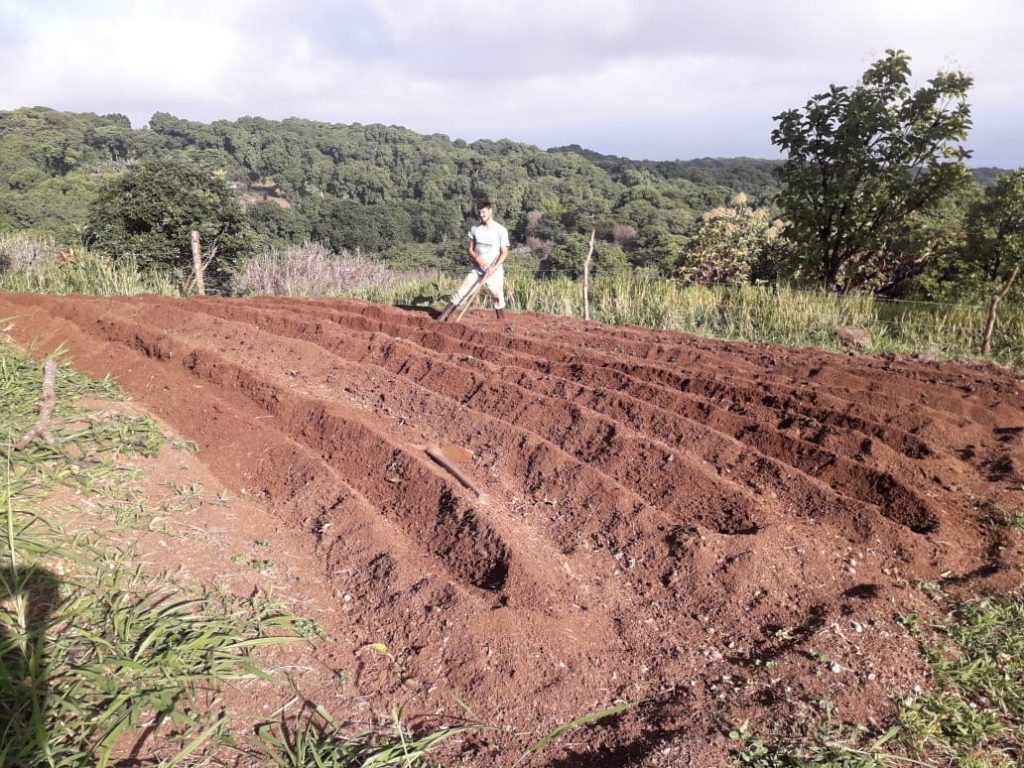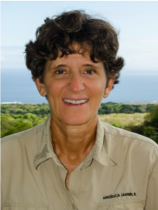By: Angelika Jahnel
A nature conservationist at heart, the thing that struck me most when I first learned about its human inhabitants and their activities was how the ground and wildlife were being poisoned with the pesticides of the “green revolution” to ensure the survival of their crops.
I’m refering not only to those engaged in farming in the highlands of the four Galapagos Islands, colonized not even two centuries ago. Using industrial chemicals to presumably destroy everything from homely cockroaches to leaf eating butterfly larvae and fungus was common practice.
Back then, and perhaps somewhat controlled at present, the Laboratory of Evolution was slowly undermined from within by members of our species, unaware of the unique caracteristics of these far off islands which they were once encouraged to claim for their government. Naturally, in doing so, they brought with them traditional habits including a wide array of plants and animals, some on purpose some not, and no one was there to tell them that they couldn’t. Even when science ‘in situ’ became increasingly relevant during the second half of the twentieth century there was no overlap in the information flow. Scientists did their thing and locals theirs.
By the time entire species, mostly certain insect eating land birds like the San Cristobal Vermillion Flycatcher had gone extinct it was too late. Scientific evidence has long pointed to agricultural practices being a possible source to the way the famous and treasured wildlife of these remote islands is affected.
In recent years, there finally is a concerted governmental effort in place to instruct and assist farmers in organic horti- and agricultural practices. It is believed that the growing
tourism industry with an enormous demand for fresh fruit and vegetables which, so far, had to be brought in from the mainland under serious risks of biosecurity could potentially be produced locally and organically. Methods that involve the use of greenhouses with their respective artificial water reservoir and hidroponics have received much attention and financing.
In addition, a turn of events has now added a certain degree of hope to a previously unsustainable situation. The COVID- 19 pandemic has made locals, and not just the few farmers that always were but many of those who previously earned their income in jobs related to tourism and now find themselves unemployed, to look at the land they never took much interest in because it can be an adverse environment, to earn a livelyhood. All of a sudden everyone seems to come to terms with the fact that they could grow crops for themselves to survive. The remoteness of their home from anywhere has hit everyone hard and it suddenly is important not to depend on mainland supplies.
With the support for the agricultural sector at this point there just may be a production which could cover the needs of the tourism industry, once it recovers, and locals alike.
In spite of these recent developments, the undeniable truth remains: the San Cristobal Vermillion Flycatcher is gone.

Green House 
View from the highlands 
Getting ready to plant potatoes

Angelika Jahnel
Born and raised in Germany, Angelika Jahnel obtained a B.Sc.in Zoology at the University of Toronto with a focus on wildlife biology which turned into a life as a naturalist guide for the Galapagos National Park. In the highlands of the island of San Cristobal she has been practicing permaculture for over three decades.